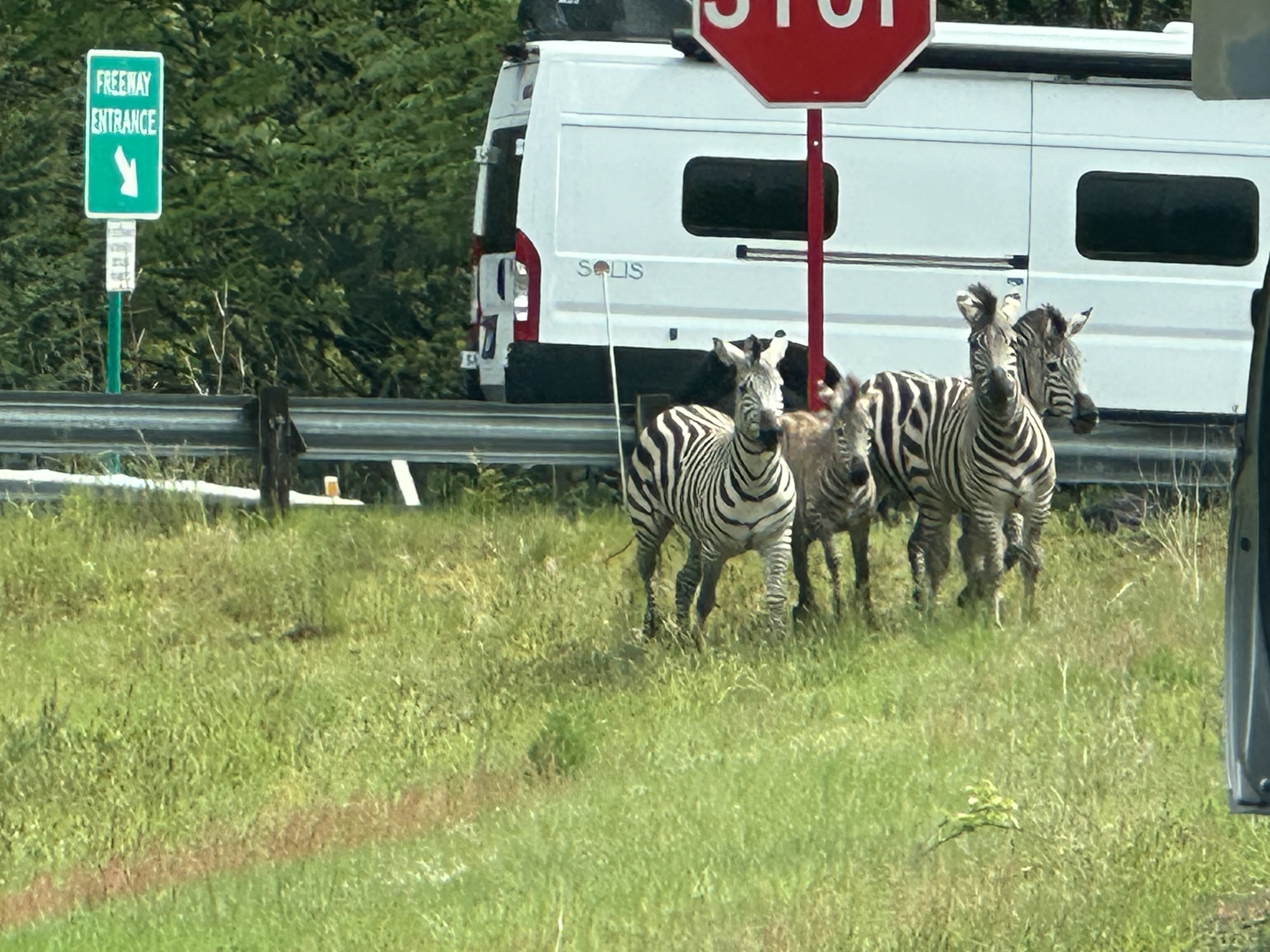An Amtrak train making the first-ever run along a faster new route hurtled off an overpass south of Seattle on Monday and spilled some of its cars onto the highway below, killing at least three people, injuring dozens and crushing two vehicles, authorities said.
Attention quickly turned to the train's speed. Federal investigators say the train was traveling at 80 mph (129 kph) in a 30 mph (48 kph) zone. Bella Dinh-Zarr, an NTSB board member, said at a Monday night news conference that information from the event data recorder in the rear locomotive provided information about the train's speed.
Dinh-Zarr said it's not yet known what caused the train to derail and that "it's too early to tell" why it was going so fast.
She said federal investigators will likely be on scene for a week or more.
There were 80 passengers and five on-duty crew on board when the train derailed and pulled 13 cars off the tracks. Authorities said there were three confirmed deaths. More than 70 people were taken for medical care — including 10 with serious injuries.
About two hours after the accident, a U.S. official who was briefed on the investigation said he was told at least six people were killed. The official said he had no new information to explain the discrepancy in the numbers.
The official was not authorized to discuss the investigation publicly and spoke to The Associated Press on condition of anonymity.
U.S. & World
A track chart prepared by the Washington State Department of Transportation shows the maximum speed drops from 79 mph (127 kph) to 30 mph for passenger trains just before the tracks curve to cross Interstate 5, which is where the train went off the tracks.
The chart, dated Feb. 7, 2017, was submitted to the Federal Railroad Administration in anticipation of the start of passenger service along a new bypass route that shaves 10 minutes off the trip between Seattle and Portland.
Kimberly Reason with Sound Transit, the Seattle-area transit agency that owns the tracks, confirmed to the AP that the speed limit at the point where the train derailed is 30 mph (48 kph). Speed signs are posted 2 miles (3 km) before the speed zone changes and just before the speed zone approaching the curve, she said.
Positive train control — the technology that can slow or stop a speeding train — wasn't in use on this stretch of track, according to Amtrak President Richard Anderson.
He spoke on a conference call with reporters, said he was "deeply saddened by all that has happened today."
Bob Chipkevich, a former NTSB director of railroad, pipeline and hazardous materials investigations, told The Seattle Times the crash looked like a high-speed derailment based on television images.
In a radio transmission immediately after the accident, the conductor can be heard saying the train was coming around a corner and was crossing a bridge that passed over Interstate 5 when it derailed. Dispatch audio also indicated that the engineer survived with bleeding from the head and both eyes swollen shut.
"I'm still figuring that out. We've got cars everywhere and down onto the highway," he tells the dispatcher, who asks if everyone is OK.
Aleksander Kristiansen, a 24-year-old exchange student at the University of Washington from Copenhagen, was going to Portland to visit the city for the day.
"I was just coming out of the bathroom when the accident happened. My car just started shaking really, really badly," he said.
The back of his train car was wide open because it had separated from the rest of the train, so he and others were able to jump out to safety. He was at about the middle of the train, either the sixth or seventh car, he said, and was "one of the lucky ones."
Emma Shafer was headed home to Vancouver, Washington, on winter break from the Cornish College of the Arts in Seattle and was napping when the crash occurred.
She awoke to find her body at a 45-degree angle and her train car dangling from the overpass. Someone behind her was pinned by the legs, she said, and she and others who could walk exited the train by crawling onto a car underneath theirs that had been crushed.
"It felt oddly silent after the actual crashing. There was a lot of metal, a lot of screeching, a lot of being thrown around. It was very quiet. Then there was people screaming," Shafer said.
"I don't know if I actually heard the sirens, but they were there. A guy was like, 'Hey, I'm Robert. We'll get you out of here.'"
Dr. Nathan Selden, a neurosurgeon at the Oregon Health & Science University in Portland, said he and his son drove through the accident scene while traveling north to visit Seattle. The doctor asked if he could help and was ushered to a medical triage tent in the highway median.
The most seriously injured had already been whisked away, but the patients he helped appeared to have open head wounds and skull, pelvic or leg fractures, as well as small cuts and neck sprains, he said.
He called it a miracle an infant child he saw from the scene appeared completely unharmed.
President Donald Trump used the deadly derailment to call for more infrastructure spending in a tweet sent about three hours after the accident. He said the wreck shows "more than ever why our soon to be submitted infrastructure plan must be approved quickly." The accident happened on a newly completed bypass.
The train was making the inaugural run on the new route as part of a $180.7 million project designed to speed up service by removing passenger trains from a route along Puget Sound that's bogged down by curves, single-track tunnels and freight traffic.
The Amtrak Cascades service that runs from Vancouver, British Columbia, to Eugene, Oregon, is jointly owned by the Washington and Oregon transportation departments. Amtrak operates the service for the two states as a contractor and is responsible for day-to-day operations.
The Amtrak schedule called for the train to leave Seattle around 6 a.m. and arrive in Portland about 3 1/2 hours later.
Last month, the NTSB released a report in which it criticized Amtrak's safety management.
"Amtrak's safety culture is failing, and is primed to fail again, until and unless Amtrak changes the way it practices safety management," NTSB Chairman Robert L. Sumwalt said. "Investigators found a labor-management relationship so adversarial that safety programs became contentious at the bargaining table, with the unions ultimately refusing to participate."
The report followed an April 3, 2016, derailment near Chester, Pennsylvania, in which a backhoe operator and a track supervisor were killed.
The new bypass was built on an existing inland rail line that runs along Interstate 5 from Tacoma to DuPont, near where Train 501 derailed. Track testing began in January and February in advance of Monday's launch and continued through at least July, according to the Washington State Department of Transportation.
The mayor of Lakewood, Washington, a city along the new route, predicted a deadly crash — but one involving a fast-moving train hitting a car or pedestrian at a grade-crossing, not a train tumbling off an overpass.
Eric Corp, a councilman for the small city of DuPont near the derailment, said he rode the train with about 30 or so dignitaries and others on a special trip Friday before the service opened to the public Monday.
"Once we were coming up on that curve, the train slowed down considerably," he said, adding that "in no way did it make me feel like we were going too fast."
Associated Press staffers Manuel Valdes, Phuong Le and Michael Balsamo contributed to this report.
CORRECTION (Dec. 19, 3:30 a.m. ET): An earlier version of this story misspelled Emma Shafer's name.



